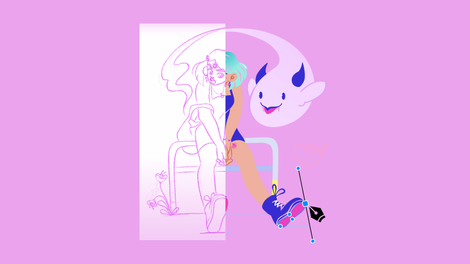Have you ever heard the phrase 'design mood board' floating around in creative circles and found yourself pondering its essence?
This guide is your all-access pass to the ins and outs of mood boarding. We're here to demystify mood boards, their purpose, and how you can craft one yourself.
Jumpstart your ideas with Linearity Curve
Take your designs to the next level.
What's a mood board?
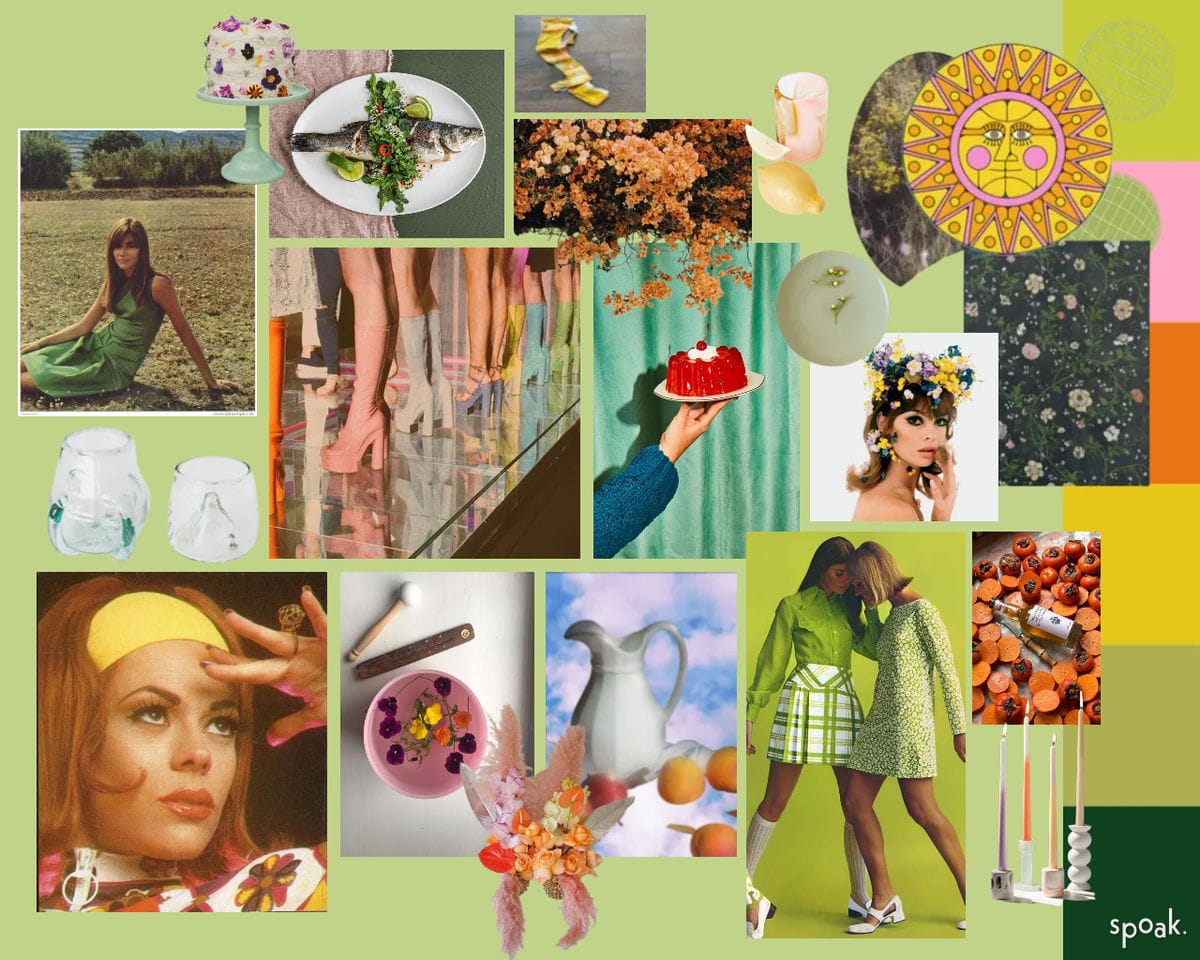
A mood board, sometimes called an inspirational board, is a tool to collect and communicate visual ideas, design elements, and concepts. It's a photo collage of various elements:
- Images
- Illustrations
- Notes
- Patterns
- Fabric and other materials
- Color palettes
- Text elements
- Stock images
If you’re creating a digital collage, you can incorporate sound samples, .gifs, and font samples.
The idea visually conveys a project's mood, color palette, or style. It's the visual representation of your project vision and the first step of your creative process.
Sometimes, explaining a visual idea or concept is difficult to communicate verbally. Mood boards are great tools for doing this.
Mood boards are generally created at the beginning of a project. It’s usually during the brainstorming phase when the team's first ideas or visual concepts for a film or video, video game, ad campaign, and other design projects must be communicated.
Benefits of using mood boards
The mood board helps creatives like graphic designers get their creative juices flowing.
Visualizing ideas
Mood boards are a visual inspiration. They provide an ideal guideline for the design team of every creative project to base their work on during the project.
Especially for beginners in their respective professions, it can be a potent tool to visually express your ideas without using technical jargon.
As a starting point for a project, it can be further developed during all project stages to keep track of the project’s goals.
Facilitates communication
Communicate your vision to clients, team members, or stakeholders. A mood board can bridge the gap between your idea and your client's understanding to ensure everyone is on the same page.
Aligns market and audience
When discussing branding and marketing, mood boards help keep visual elements aligned with target audiences and market trends. This will ensure your project and design can target the intended demographic more efficiently.
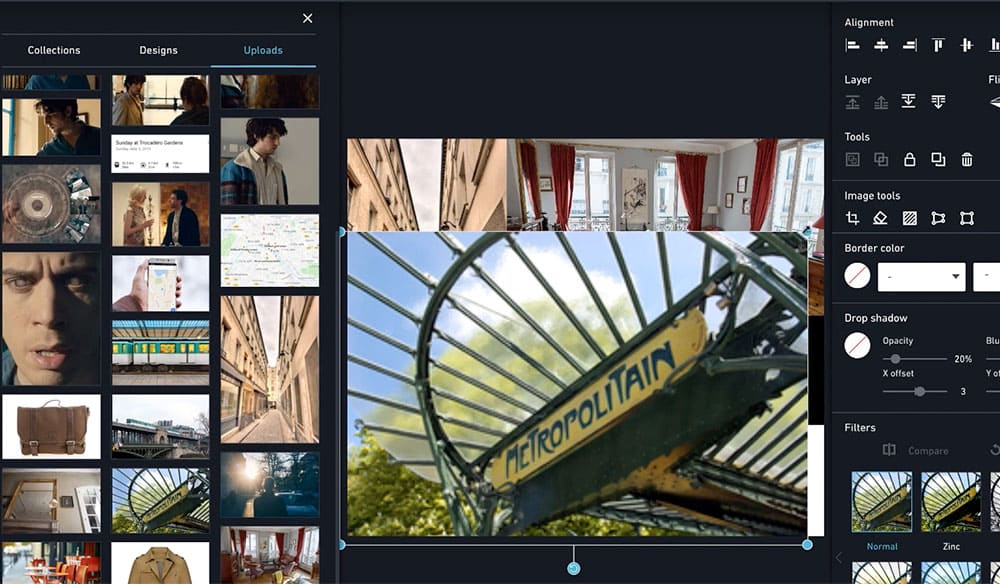
A brief history of the moodboard concept
It’s a centuries-old practice to assemble images, textures, and colors to inspire a community. Artists, architects, and designers have always collected materials, sketches, or samples as part of their creative process.
Think Leonardo da Vinci and his human anatomy sketches or the engineering ideas he displayed with fascinating diagrams and descriptions. But these collections are a more primitive take on the inspiration boards we know today.
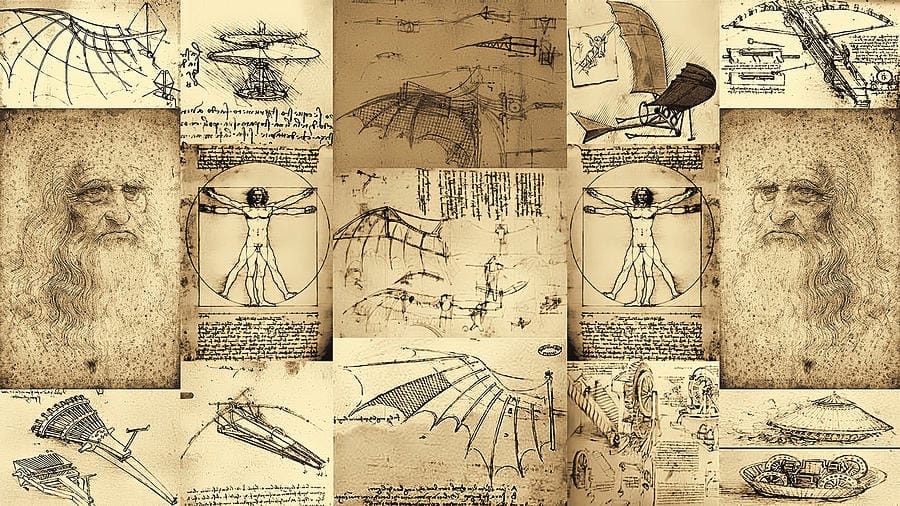
In the 20th century, especially in the fashion and interior design sectors, the concept of the mood board as a separate tool began to take shape.
Designers drew images and gathered fabric samples and other materials onto a panel to visualize the style, atmosphere, or theme they intended to create.
Through this practice, they could experiment with different visual elements and communicate their ideas more effectively to clients and team members.
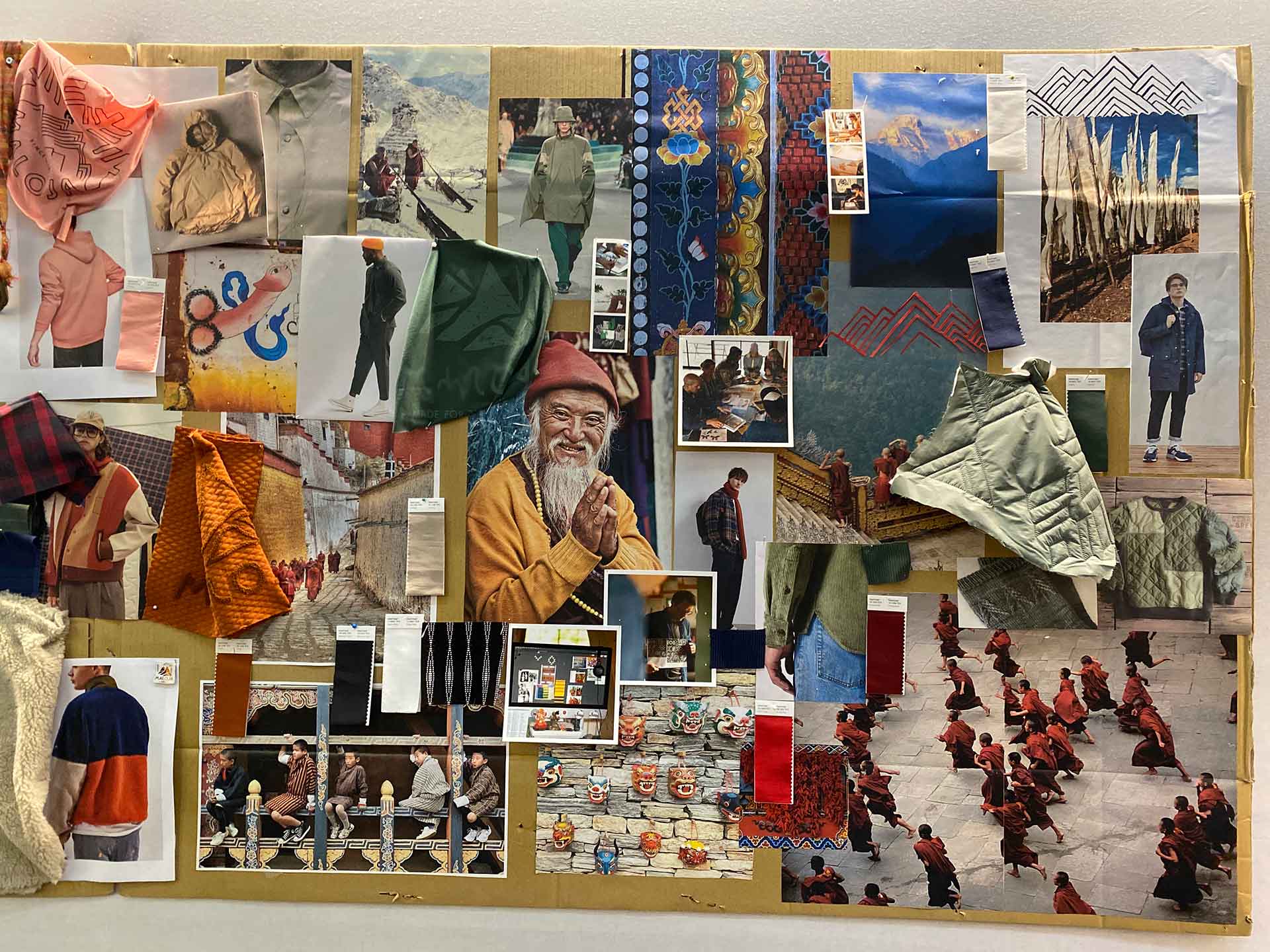
These boards have become more accessible and flexible because of the development of digital design tools and the Internet. Websites like Pinterest and Miro and social media platforms like Instagram became famous for both professional designers and hobbyists to create digital boards.
These platforms have made mood boards available for various projects, from marketing campaigns and home renovations to personal vision boards and visual research. As a result, mood boards are used more widely than in conventional industries.
Physical vs. digital mood boards: what's the difference?
You can create a digital or physical mood board or both for a project.
Digital boards are created solely on a digital device and in digital format, whereas physical boards are paper-based.
Physical mood boards
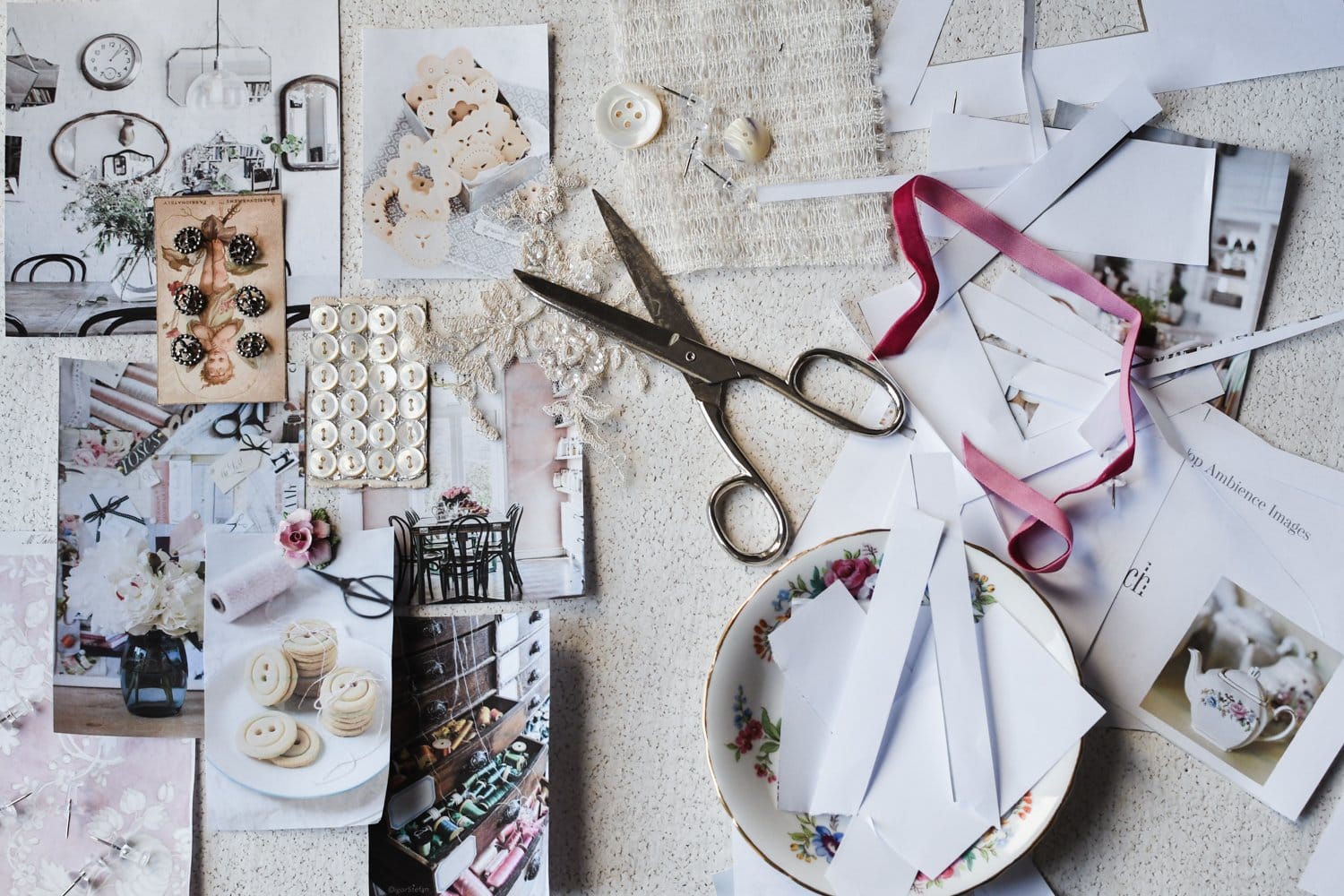
The physical boards usually have foam boards, cardboard, cork, or paper. You can use glue or tape to attach stickers, paper, string, fabric, and material samples to transport the tangible feel of fabrics or objects for your project.
It’s ideal for interior design or costume design planning, as the materials and their haptic sense play a central role during the project.
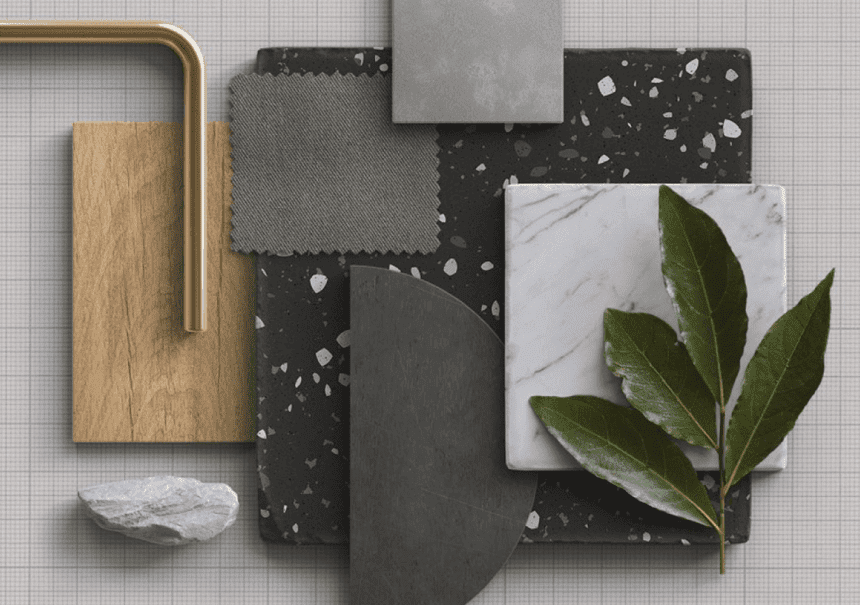
You can use fabric samples, magazine snippets, hand-drawn illustrations, and every object of the physical world related to your project vision.
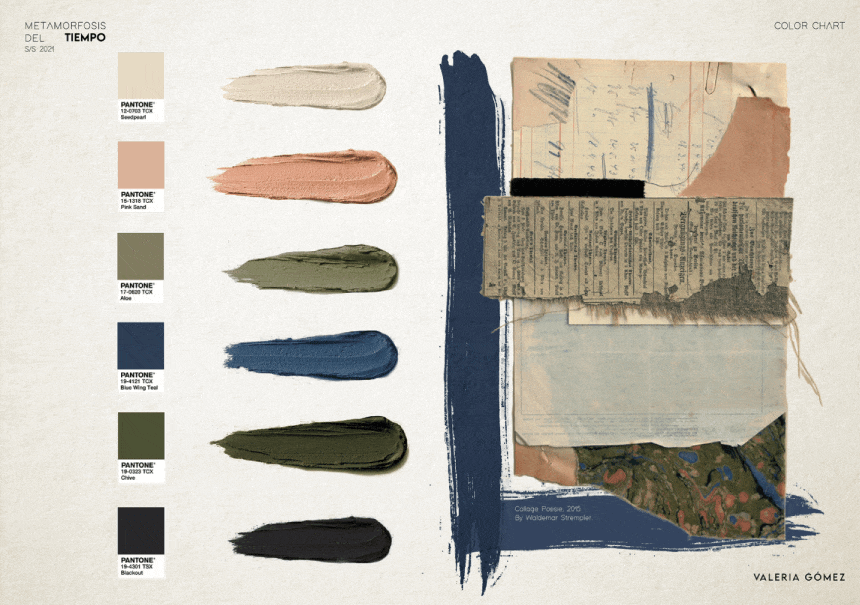
The downside is that a physical board can’t be reproduced endlessly like a digital one. Copies of a physical one cost money and time for each reproduction. There are also collaboration limitations, as your team needs to have access to the physical board and the materials needed to collaborate on their ideas.
Digital mood boards
Digital boards, however, can include movement via animation clips or 3D visualizations in addition to 2D images. It’s often called a visual territory board or presentation board in design.
If you find objects in the real world, you can take a picture and integrate it into your board.
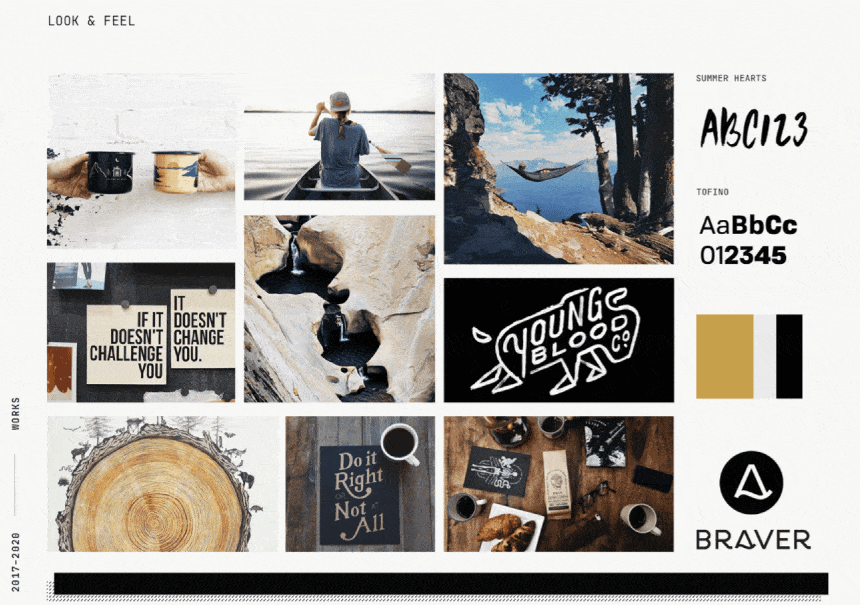
The advantages of a digital mood board are that it’s much faster to curate, easy to modify, and can be shared with as many clients or team members as needed. It’s endlessly reproducible.
Another advantage is that you can arrange several samples of color palettes, graphic elements, or object combinations before purchasing these items to create a physical board.
That’s why a digital mood board is often created first for creative vision, and a physical mood board is made later for tactile samples.
A digital mood board helps to create and visualize the concept and design style. A physical mood board envisions the elements coming together in three dimensions.
Another powerful advantage of using digital tools for mood boarding is that you can customize design templates. Templates can inspire your creative process while saving time in creating digital assets. Check out the 3,000+ free design templates you can use on Linearity Curve:
Get creative with our ready-to-use templates.
Linearity Curve offers templates for every social media platform and various use case templates for posters, business cards, slides, app store screenshots, and more.
How to make a mood board: a step-by-step guide
You’ve learned all about mood boards. Now, let's go through the steps to create one.
1. Choose your mood board format
The first step is defining whether you want to create a digital or physical mood board. Before you take this decision, you need to analyze the circumstances and requirements of your project.
For projects requiring tangible materials, textures, and colors, such as interior design, fashion, or the manufacture of products, physical mood boards might be preferable. They can create a tactile experience that's impossible to replicate on a digital board.
Digital mood boards are best for projects with web design, branding, or any work viewed and worked on electronically. Projects with an enormous scope or that require the collaboration of team members at various locations are also suited to them.
Ask yourself, are the clients or team members remote or local?
If your clients or team members are remote, the obvious choice is to create a digital mood board that you can share digitally. Producing several physical mood boards and shipping them to clients or team members causes additional costs.
You can share digital mood boards via email, collaborative design platforms, or specialized project management software.
Physical mood boards could be more powerful when your project involves regional clients or team members and benefits from a tactile experience, such as interior design, fashion, and products.
A deeper understanding and appreciation of the design concept can be achieved through the touch and feeling of materials, fabrics, or textures.
Are you working on a project where materials and textures take center stage?
Exceptions are projects that mainly emphasize interior design or costume design. It might make sense to create an additional physical mood board with material samples that transport the haptic feel of the fabric.
Digital mood boards may not reproduce the nuances of materials' appearance under different lighting conditions, although it is possible to replicate color approximations. Making informed design vision choices with material selection, a more accurate representation of color is provided by physical samples.
A digital board is perfect for your work if inspiration comes mainly from the internet, e.g., design websites, digital archives, blogs, and other web platforms. There is an endless stream of images, videos, and articles on the internet that can be a catalyst for creativity.
A physical board would be suitable for collecting magazines or small items, such as fabric samples or small real-world objects. It provides a canvas for these collected treasures, allowing you to arrange and organize them as your project develops.
A hybrid approach is most effective for many creatives. For instance, to quickly generate and exchange initial ideas, particularly at the beginning of the creative process, you can begin by setting up an electronic mood chart.
When the project becomes more apparent, you can deepen your conceptualization by creating a concrete mood board with selected materials and objects to create an enhanced sense of reality in the project design.
2. Define the theme
Before you start collecting material, clearly define the subject of your project. Define the color palette and mood of your project. It is possible to create subtopics and create corresponding mood board subcategories.
Mood and perception are greatly influenced by color. Choose colors according to what emotions you would like your project to be inspired by. For instance, blues and greens could calm the mind, while reds and oranges would give rise to arousal and passion.
Ensure the color palette is visually pleasing yet has enough contrast to keep a mood board in motion. Explore and refine color schemes that correspond to your theme.
3. Select your mood board software
To create a digital mood board, you must choose software to collect, save, and present the board's elements. Most design apps offer a free mood or vision board template.
You can use the free platform Pinterest to collect "Pins" (image posts) and organize them on boards (personalized category pages. You can Pin static pictures and videos.
Linearity Curve

Use our powerful yet easy-to-use design software to import raster- or vector-based images. Use the handy editing tools to manipulate images, such as the AI-enhanced Auto Trace and Background Removal features.
The built-in Unsplash integration gives you access to over a million free high-quality stock photos. Still haven’t found what you’re looking for? Browse our extensive Templates Hub and Iconator Library for additional designs to support and illustrate your mood board concept.
Canva
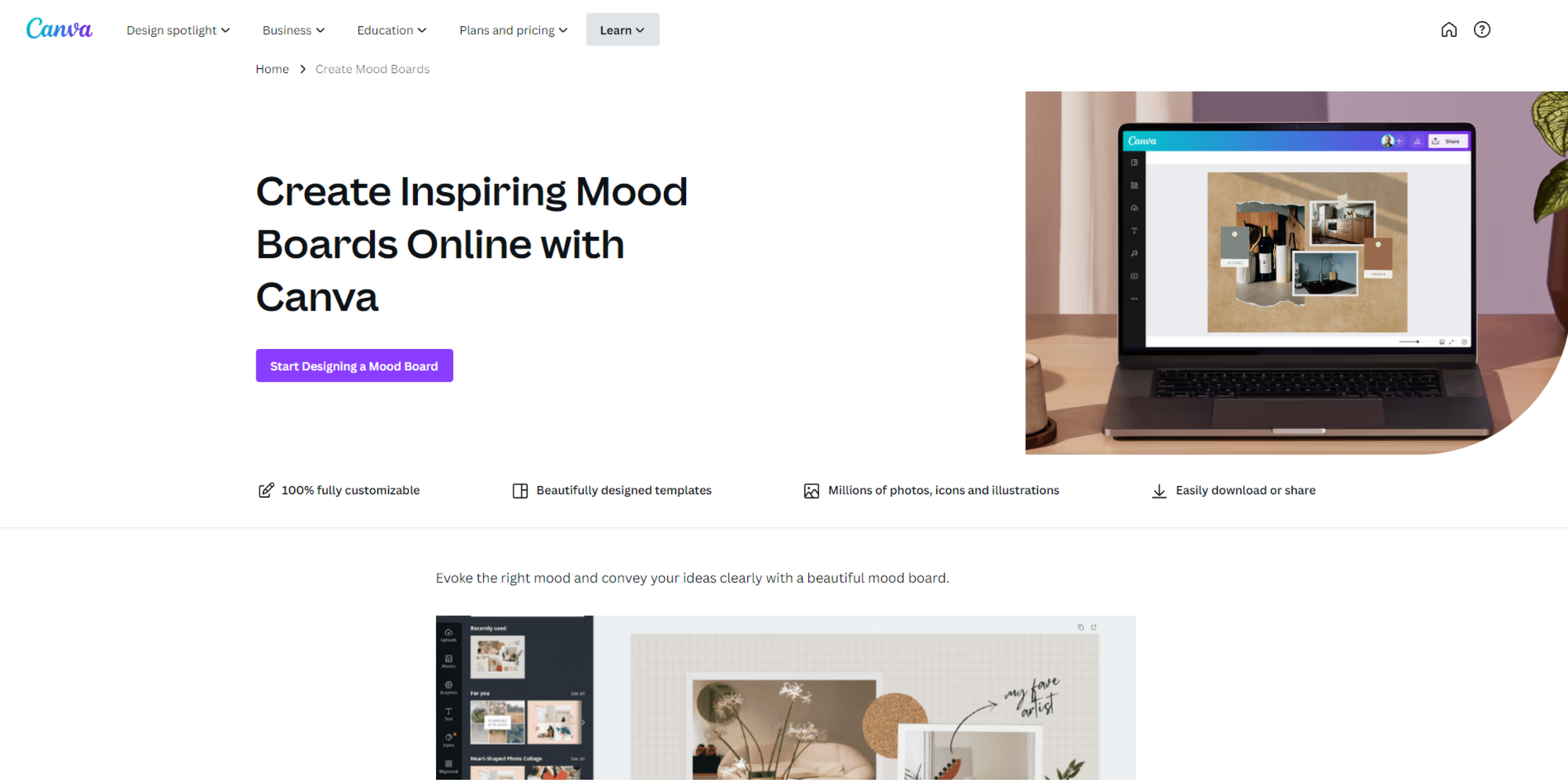
With this free software, you can use ready-made templates or create new ones, drag and drop images onto the template canvas, and arrange them easily. To unlock all templates, you need to upgrade to Canva Pro.
Milanote
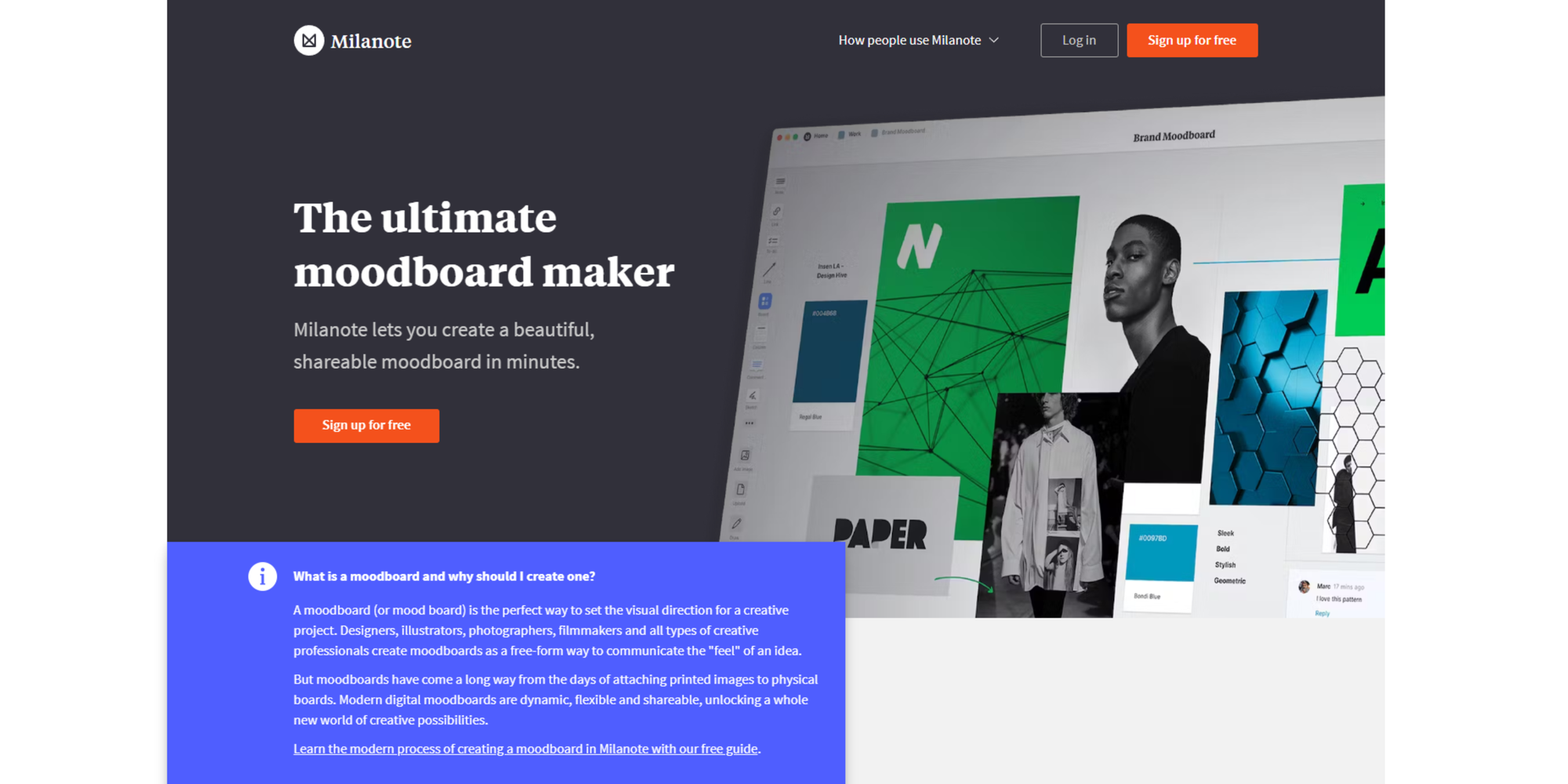
With the free app Milanote, you get many ready-made mood board templates to import and arrange your mood board elements.
The Milanote web clipper extension for the browser allows you to quickly drag and drop images, text, or links from the Web directly into your Milanture Boards. This feature is beneficial for generating inspiration for your mood boards.
Miro

Miro is perfect for creating mood boards because it allows you to move and slide pictures, create notes, enter links, or use drawing tools to express ideas creatively.
The platform offers a wide range of templates, which can be adapted to suit any project or theme.
Figma

Figma is a collaborative UI design app wildly popular in remote teams, allowing several team members to collaborate simultaneously on a real-time design project.
You can also create and save templates and intuitively arrange mood board elements on the canvas.
Adobe Color
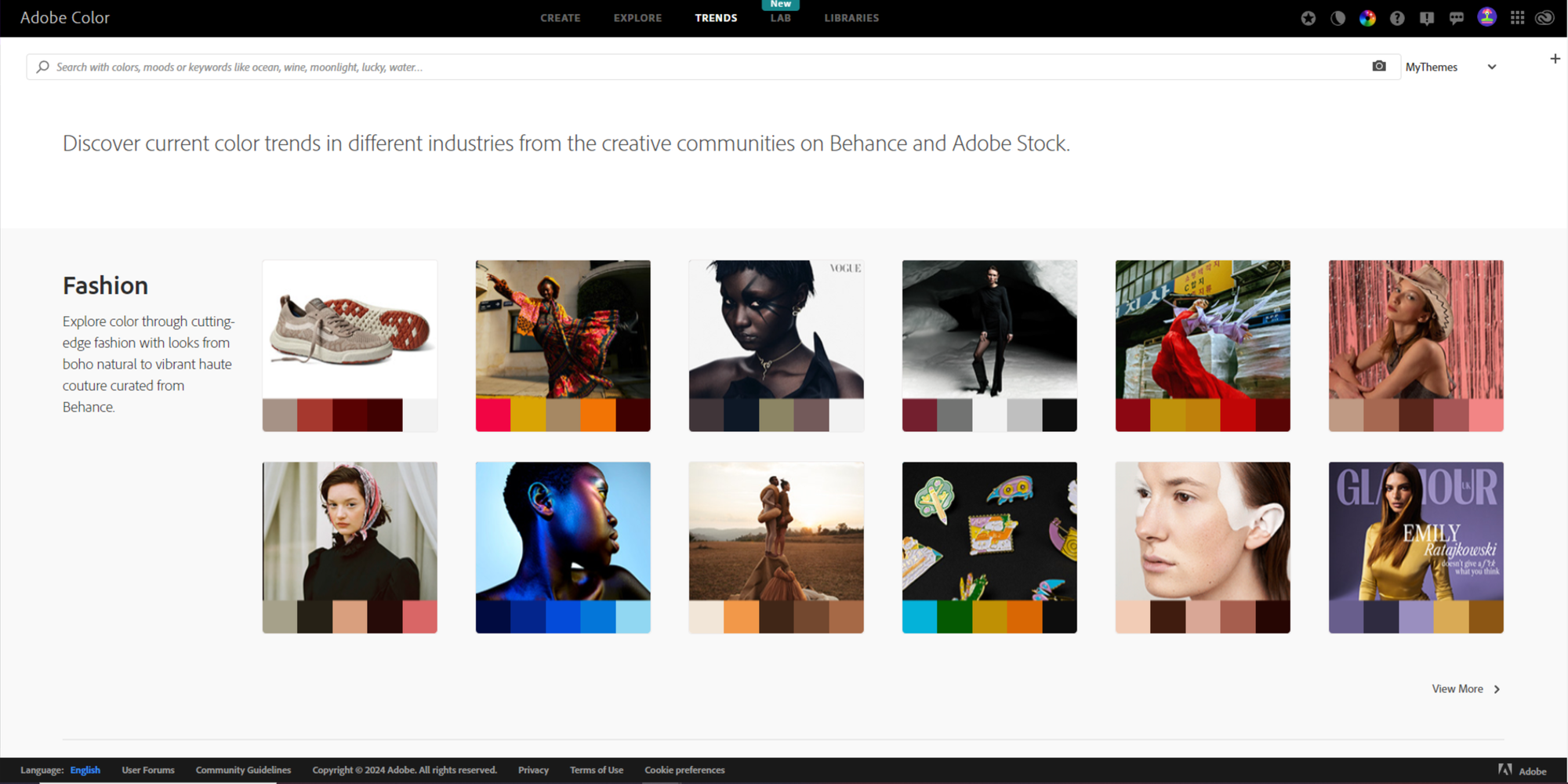
In Adobe Color, you’ll find insight into current color trends across various sectors, including graphic design, fashion, illustration, etc.
These trends may influence the choice of color schemes that are contemporary and relevant.
Ready to create brand assets that pack a punch?
Visit our Academy for free marketing design courses.
4. Get inspired and collect elements
Make a collection of images. You can use whatever you can gather digitally or in the real world for your creation process.
Take photos, cut out magazine snippets, and search YouTube, Instagram, Unsplash, Dribble, CollectUI, SiteInspire, or Tumblr. You can use everything on the web or the natural world from various sources to design your mood board.
The next step is selecting and editing the extensive collection of available materials. Choose the elements that best fit your project's theme and design idea. A coherent color scheme, texture, and image that aligns with your project's mood is essential.
5. Curate and present
There are no fixed rules for arranging the elements on your mood board. A general recommendation would be to balance the layout so that combined elements create one visually pleasing image.
A rule of thumb would be to avoid strong overlapping of the visual elements, as they should remain recognizable and readable. But, a slight overlap can be used to create a sense of depth.
If you want to present the mood board to investors, the final picture should communicate the overall vision for your project. It's like a puzzle that transforms into your project vision when all the parts come together.
Ready to get creative?
The mood board is a robust tool in the design industry, which serves as a visual representation of project designs' aesthetics and designer concepts.
Before the design work begins, they help teams compile images, color palettes, textures, and typography to communicate a project's style, tone, or essence.
This method allows designers to analyze and refine their ideas to ensure consistency and coherence at the end of each project.
A mood board encourages the interaction of designers, clients, and team members to give ideas a tangible meaning and align expectations with one another during the creative process.
Jumpstart your ideas with Linearity Curve
Take your designs to the next level.
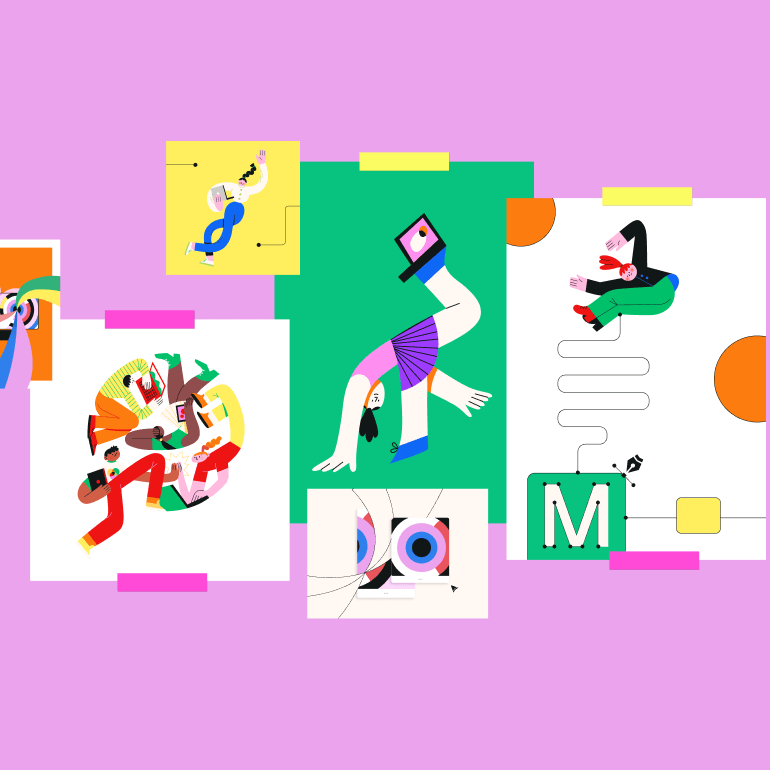
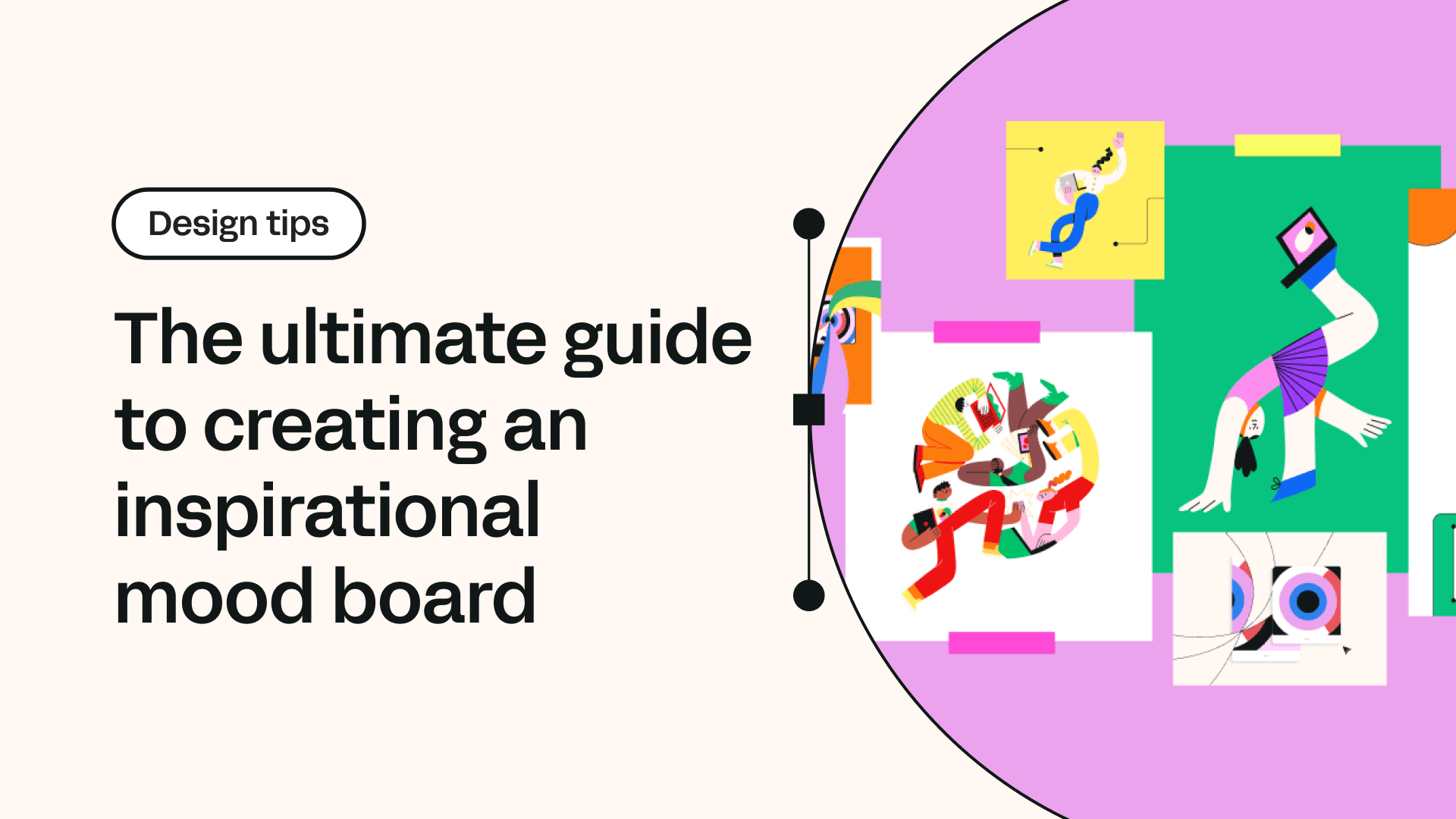
Share this!
Benjamin Barnhart
Ben is the Principal Copywriter for Linearity, living in Berlin. His hobbies include board games, cooking, reading, and writing.


:quality(75))
:quality(75))


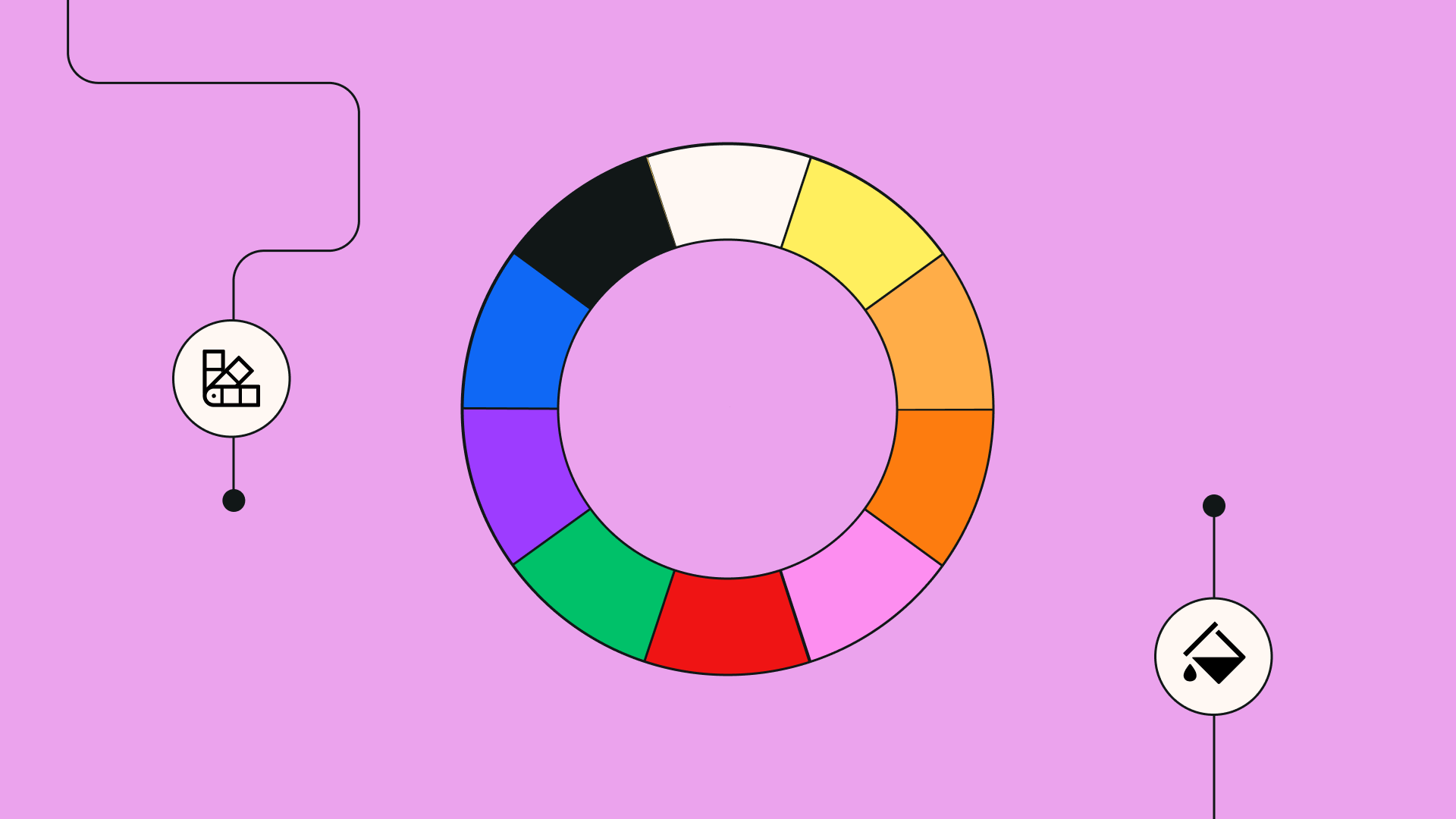
:quality(75))
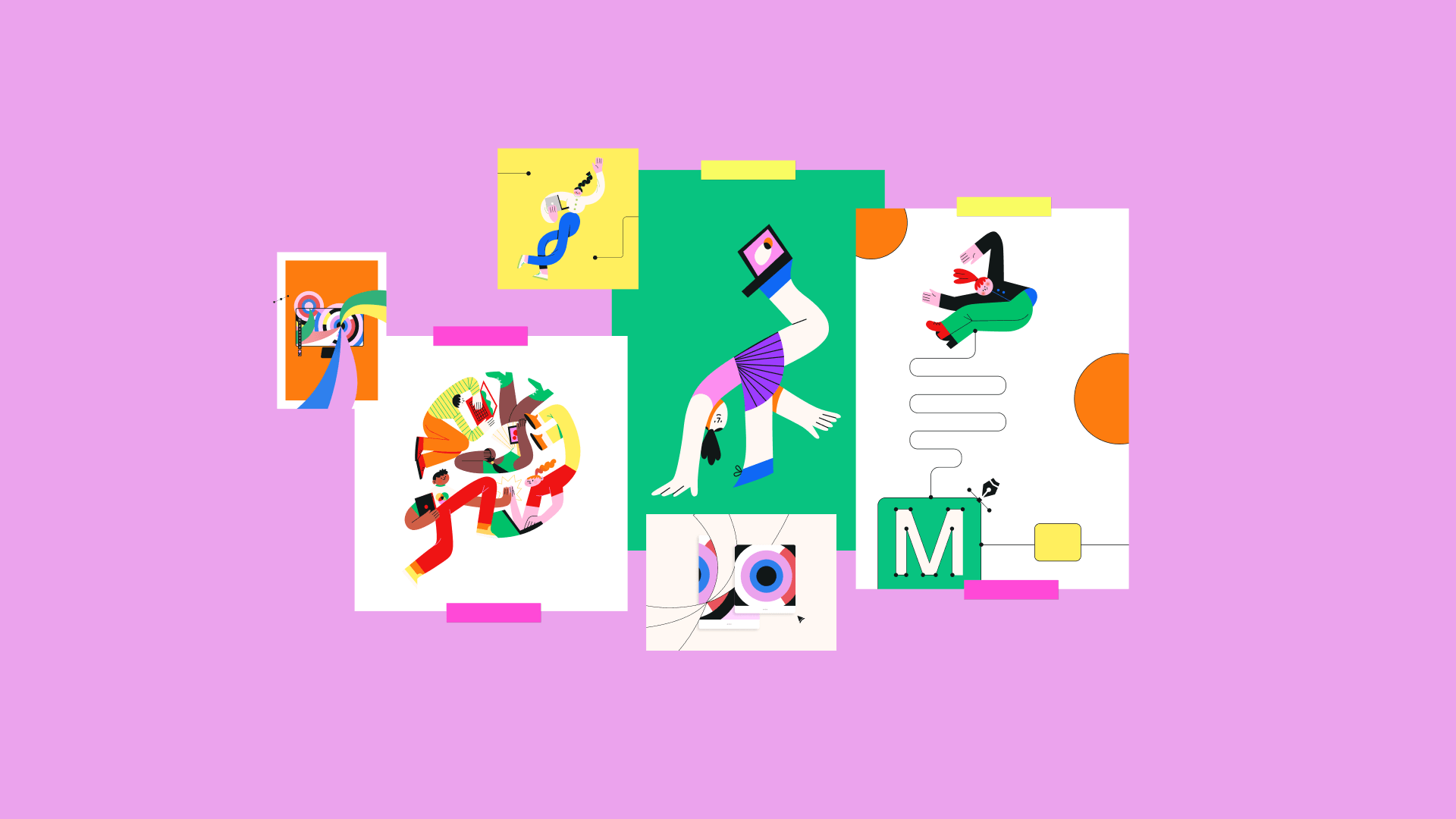
:quality(75))
:quality(75))


